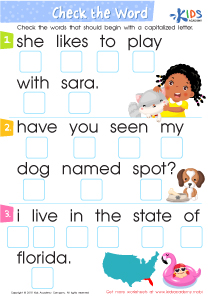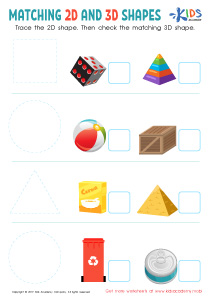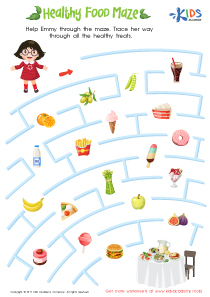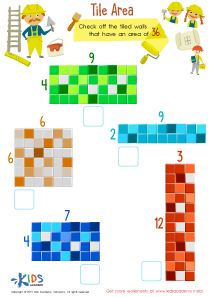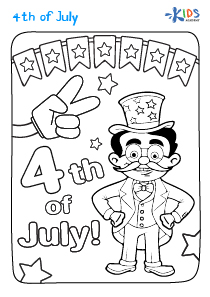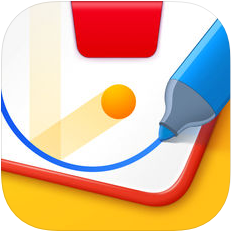Science Lessons | Weather, Grade 1
0 results
Our Weather Lessons for Grade 1 are a fun and engaging way for children to learn about the different kinds of weather. These lessons consist of interactive worksheets that help students understand how the sun, wind, rain, and snow work together to form different climate patterns. In addition to worksheets, our Weather Lessons also include educational videos and quizzes to help students evaluate their learning progress. With our weather lessons, children can deepen their understanding of weather patterns and become more curious about the world around them. Enroll your child today and prepare them for a lifelong interest in science!
Weather Lessons: How They Benefit Children in Grade 1
Teaching weather lessons to children in Grade 1 can be an enriching experience not just for the students but also for the teacher. Teaching weather involves exploring the science behind it, understanding weather patterns, the impact of climate change, and how the weather affects daily life. With interactive worksheets, educational videos, and assessment quizzes, the Weather Lessons program provides sufficient resources for all the Grade 1 students to learn and explore the world of weather.
The following are some benefits children in Grade 1 can gain from studying Weather Lessons:
1. Improved Science Skills
Weather Lessons provide an opportunity for students to learn about scientific concepts and improve their STEM (Science, Technology, Engineering, Mathematics) skills. By studying the weather, children learn about the different weather patterns, seasons, and the science behind weather forecasting. They also discover the different instruments used for measuring weather variables such as temperature, rainfall, humidity, and wind speed. Learning about these concepts and tools enhances students' critical thinking and analytical skills, which are essential for their future studies and also for their everyday lives.
2. Understanding the Impact of Climate Change
With increasing global climate change, it is crucial to teach our children about its impacts and how to protect the planet. Weather Lessons provide an opportunity to educate children about the climate, the different factors that cause climate change, and how it affects human and animal life. With this knowledge, it becomes easier to educate children on how to be environmentally responsible and spread awareness in their communities to act towards reducing the impact of climate change.
3. Improved Vocabulary and Communication Skills
Weather Lessons involve the usage of weather vocabulary words that students might not be familiar with initially. By exploring and engaging with the content, students learn the meaning of new weather-related words, their spelling, and get trained to use them in the appropriate context. As a result, their vocabulary improves and they become better communicators within their classroom and beyond.
4. Improved Reading and Comprehension
Weather Lessons' worksheets and learning materials often involve reading short passages, graphs, and charts. These reading and analysis activities help students to improve their reading and comprehension skills. They learn how to interpret the different patterns found within these graphs and charts while comparing various data gathered over time. The skills gained from these exercises are invaluable, as they can use them to read and comprehend any information presented to them throughout their studies and in daily life.
5.

